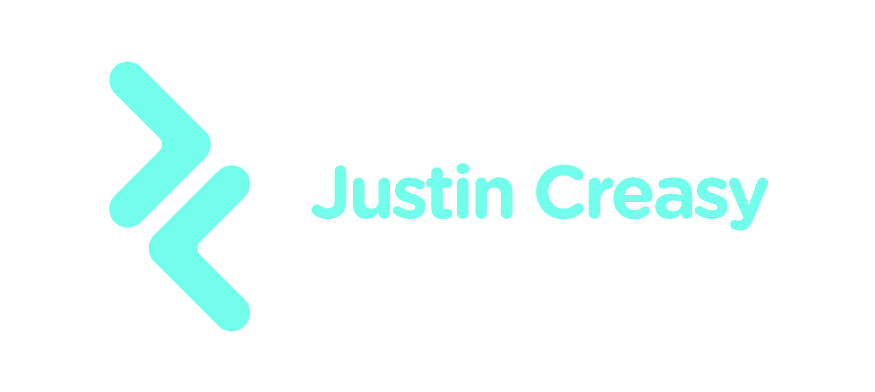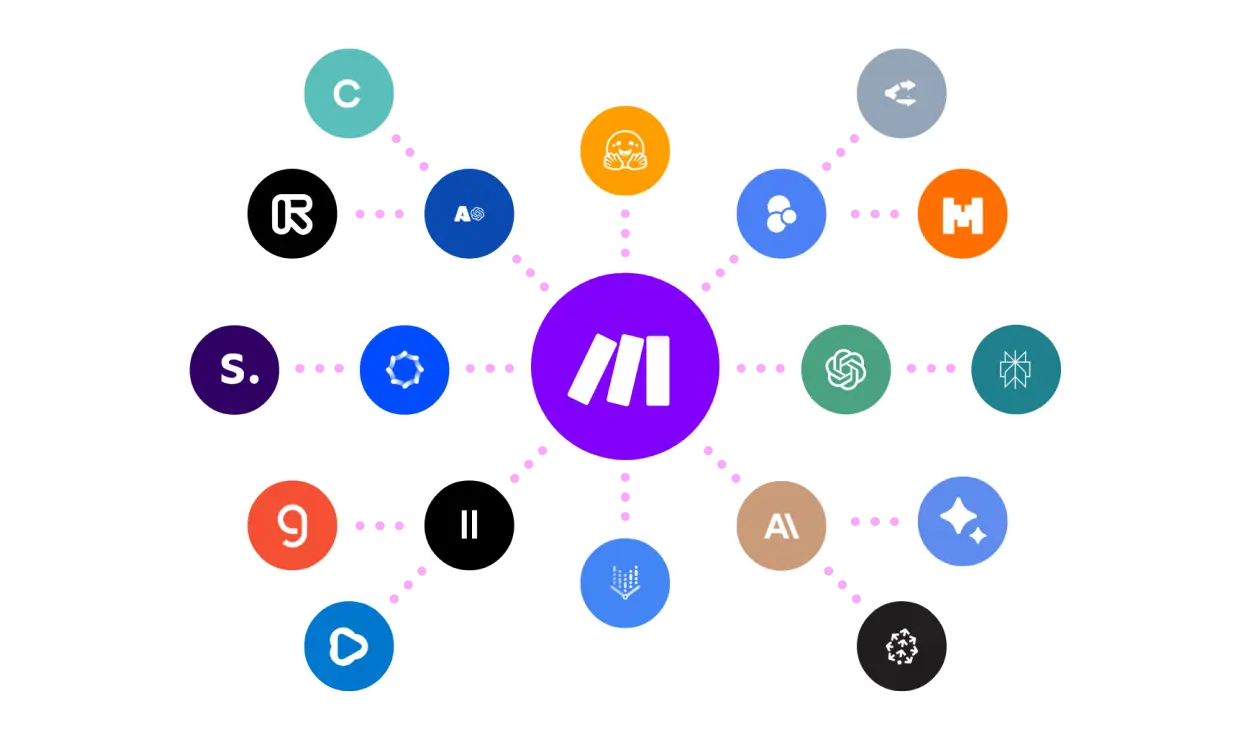In today’s fast-paced digital world, using Git for web development is indispensable for managing and streamlining code efficiently. Git, a distributed version control system, has become a fundamental tool for developers due to its robust features, which accommodate both individual and team projects seamlessly.
Why Git is Essential for Web Development
Git allows developers to track changes, collaborate effectively, and maintain project history, which is vital for web development projects. In collaborative settings, Git’s branching and merging capabilities minimize conflicts and ensure that team members work harmoniously without overwriting each other’s contributions.
Key Benefits of Using Git
- Version Control: Git tracks all changes, allowing developers to revert to previous versions if necessary. This safety net prevents code loss and maintains project integrity.
- Collaboration: Git supports multiple developers working simultaneously on a project. It allows seamless integration of different code branches, facilitating teamwork.
- Backup and Restore: Git repositories serve as a dependable backup, with all changes stored and retrievable at any time.
Core Git Concepts for Web Developers
Understanding core Git concepts is essential for maximizing its potential in web development. Here are crucial elements every developer should grasp:
Branching and Merging
Branches allow you to work on different parts of a project concurrently without affecting the main codebase. This is particularly useful for developing features or fixing bugs. Once a branch is complete and tested, it can be merged back into the main branch.
Commits and History
Commits are snapshots of your code at specific points in time. They are the foundation of Git’s version control, allowing you to review and access previous states of your project efficiently.
Remote Repositories
Remote repositories hosted on platforms like GitHub, GitLab, or Bitbucket enable code sharing beyond local machines. They provide a centralized location for code, facilitating global collaboration and code review processes.
Common Git Commands for Web Developers
Familiarizing yourself with essential Git commands can significantly improve your efficiency in web development:
- git init: Initializes a new Git repository.
- git clone: Duplicates an existing repository to your local machine.
- git add: Stages changes for the next commit.
- git commit: Records changes to the repository.
- git push: Uploads local commits to a remote repository.
- git pull: Fetches and merges changes from a remote repository to your local machine.
- git status: Displays the state of the working directory and staging area.
Best Practices for Using Git in Web Development
Adopting best practices ensures that your use of Git is efficient and effective:
Write Meaningful Commit Messages
Clear and descriptive commit messages enhance team communication and make project history comprehensible for future reference. A good commit message should explain what changes were made and why.
Regularly Push Changes
Frequent pushes to the remote repository ensure that all team members have access to the latest changes, minimizing redundancy and conflict risks.
Use .gitignore Effectively
The .gitignore file is crucial for avoiding unnecessary files in your repository, such as system files or temporary build artifacts, keeping your repository clean and efficient.
Conclusion: Enhance Your Workflow with Git for Web Development
Embracing Git for web development not only optimizes workflow but also safeguards your project’s longevity through efficient version control and collaboration capabilities. By mastering Git’s core concepts, commands, and best practices, developers can focus more on coding and less on administrative tasks. For more advanced topics or help, consider resources like Git’s official documentation or GitHub’s help pages.
Using Git effectively transforms web development from a fragmented task into a streamlined, collaborative effort, driving innovation and productivity.




